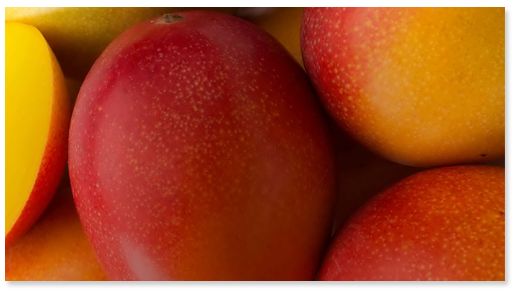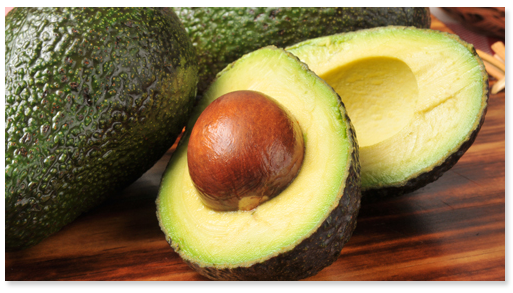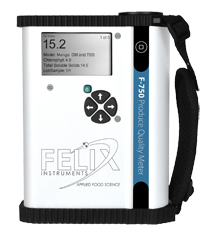BRIX MEASUREMENT
How Sweet It Is
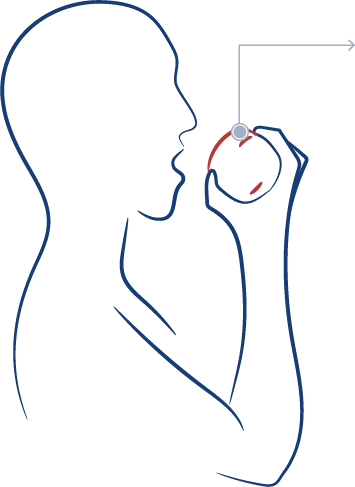
WHAT IS BRIX?
Degrees Brix or Total Soluable Solids (TSS) is the measurments of sugars in a piece of fruit.
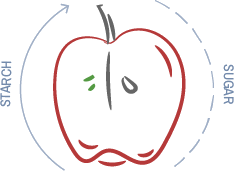
Now it's ready to eat!
WHY IS IT USEFUL?
Brix is used by fresh produce growers, packers, and retailers to test the quality of fruit.
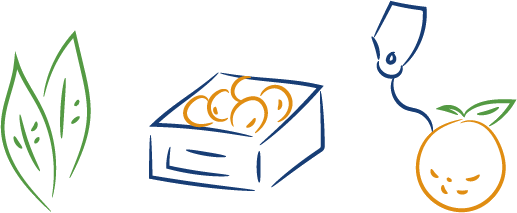
The higher the Brix measurement is, the better the fruit tastes!
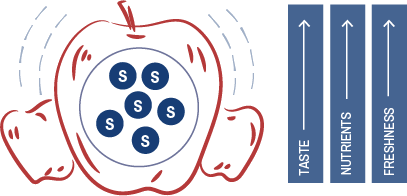
Better for you
Not only is Brix an indication of how tasty a piece of fruit will be, but studies also show that produce with higher Brix levels may be more nutrient-dense and rot-resistant.
At the vineyard
Winemakers even use brix to determine the potential alcohol content of wine before it's fermented by determining the sugar level in grapes at harvest.
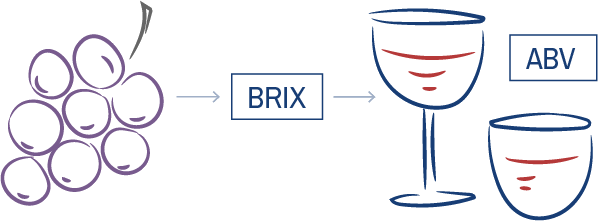
HOW IS IT MEASURED?
Brix can be measured in two ways.
DESTRUCTIVE
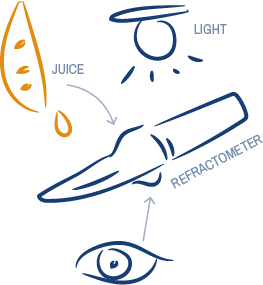
One way is to squeeze some of the fruit juice onto the surface of a refractometer, view the juice through light, and match the blue colour shown on the scale to a chart. This way is destructive to the fruit, time consuming, and subjective - which can lead to inconsistencies in measurement.
NON-DESTRUCTIVE
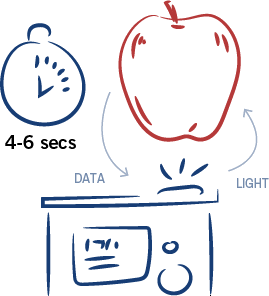
The objective way to measure brix is with handheld devices, like the F-750 Produce Quality Meter, which use Near Infrared Spectroscopy (NIRS). With the F-750, light is sent into the fruit, then based on the light's interaction with it, a degrees Brix measurment is determined.
Each scan takes 4-6 seconds and provides a wealth of data about quality, ripeness, and flavour.
With the F-750 you save time and fruit!
SO, WHAT HAVE WE LEARNED?
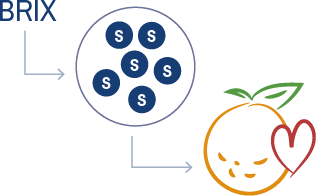
Brix equals sugar content and sugar content equals good taste - that means measuring Brix is very important.
Busy fruit farmers, distributors, or grocers can save time and produce using a non-destructive tool like the F-750 Produce Quality Meter
This information provided, with permission, courtesy of Felix Instruments

